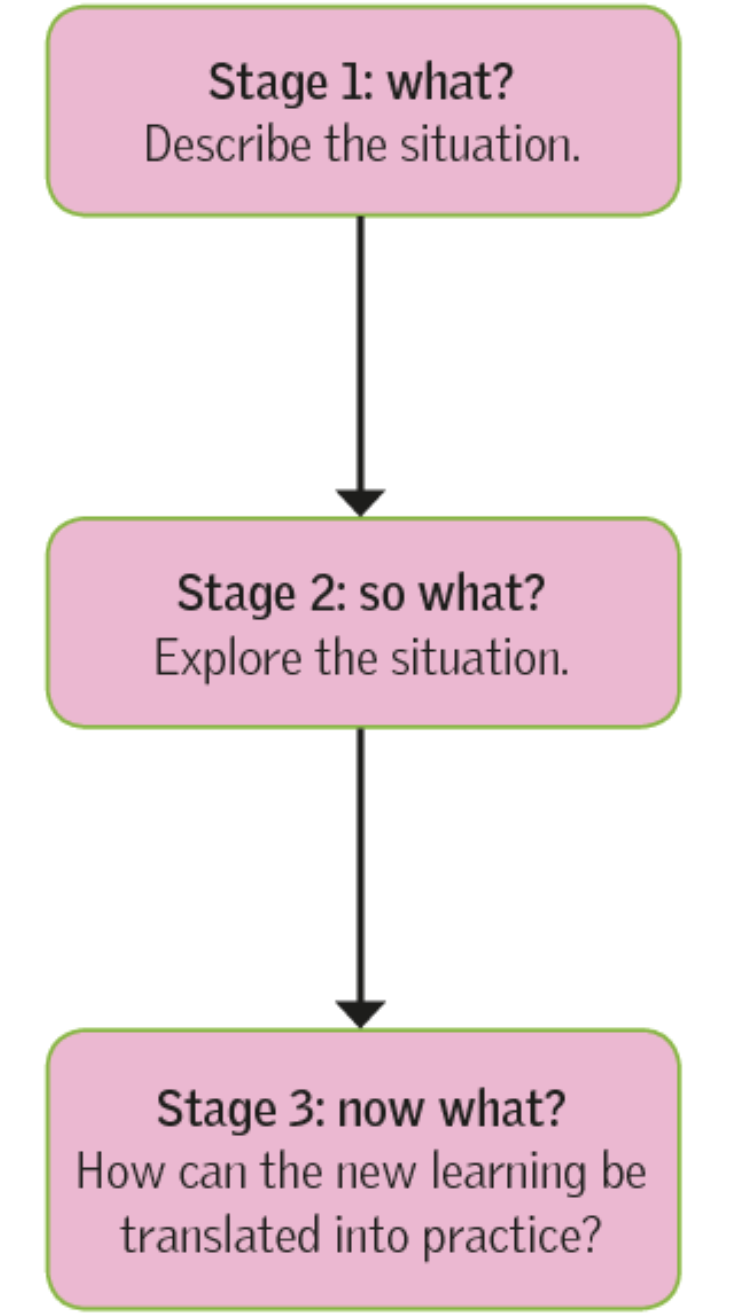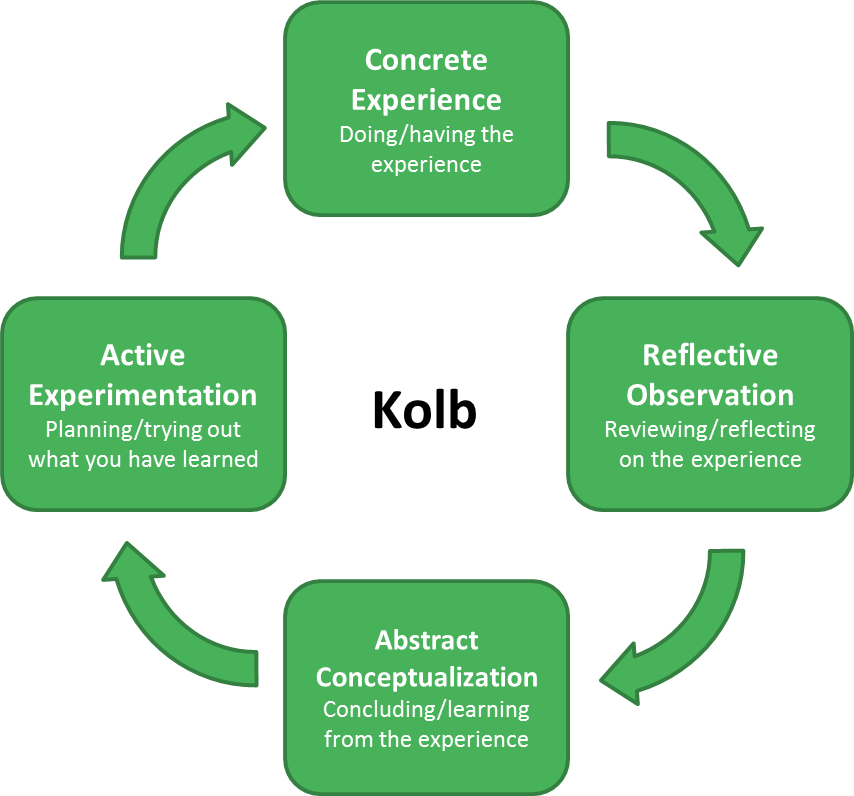♫ Jumping into JAM! ♫

Introduction
I have really enjoyed starting my role as a teaching assistant (TA) at the QUB’s Junior Academy of Music (JAM). In August, JAM director Juliana Licinic explained what my role would entail, answered any questions I had and provided me with useful resources. She also explained the Kodály method, which is the approach to music education that JAM uses. The Kodály website describes the method as “musical skills and concepts absorbed through practical activity and singing, using appropriate repertoire.”
A typical Saturday looks like this:

Behaviour Management

It has been fascinating to observe JAM’s youngest group learn the fundamentals of music through play. While the children are generally well behaved, one particular child has proven a continual challenge. When the children arrive, they are asked to choose a percussion instrument from the box in the centre of the room and then sit down on a mat. However when this particular child enters, he picks up an instrument and charges frantically around the room. This creates a disruptive atmosphere and is intimidating for the quieter children. I have asked him to sit down and settle, however he usually ignores me. On occasion, he has also hit me with his instrument. One of the group’s activities involves a monkey puppet called Charlie. Charlie sings to the children and the teacher asks if they would like to individually sing back to Charlie. The disruptive child has remarked “I’m bored” and “That’s not a monkey, that’s a puppet”. This reduces the morale of the class and ruins the suspension of disbelief required.
In a journal article entitled ‘Classroom Management and the Disruptive Child’, it says that discipline is one of the most important issues in education. It also states that children misbehave for a variety of reasons, with the most common reason being boredom. When students are made to sit still for too long, they will get agitated and act out. Although the disruptive child was disinterested during the monkey game, I have observed that his attention is able to be regained by the many other interactive games we play.
Although we want JAM to be a fun and creative place, the challenges above have shown me the need for a certain level of strictness. Now that I have been involved in JAM for a while, going forward I will be more more assertive in giving instructions. I will also ensure that I continue to be enthusiastic and present during the games, so that the children won’t get distracted.

Leading a Guitar Ensemble Section

In JAM’s guitar ensemble, we have been practicing Johnny Cash’s “I Walk the Line” for the summer concert. The guitar arrangement is in three parts. At the beginning of term, the teacher put me in charge of the guitar 3 section. I spent the first few weeks getting to know the two pupils in my group. Once we had built a rapport, learning the music became easier. When we had our individual part learnt, the teacher conducted all of the parts to play together.
At the start of the year, I was slightly apprehensive as I hadn’t been put in charge of a small group like this before. However, once I got to know the pupils in my group and we played through the piece together, my nerves subsided. It is beneficial that my group’s part is fairly simple (the bass line), so that they can focus on perfecting it. An issue I have found is that the pupils will often get distracted and want to chat rather than play. It is important to strike the balance between socialising and practice. When we play as a group, the main issues are keeping in time and blending as an ensemble.
I have learnt that one on one communication is an important skill and I feel I have strengthened this through helping this group. I have also learnt that it is crucial to keep pupils engaged throughout the practice, as we play the same piece over and over again.
In the book ‘The Practice Process’, music education expert Paul Harris argues that as music tutors, it is our job to make practicing fun. This is especially in our age of social media where pupils can find instant gratification elsewhere. The book also includes the “The Simultaneous Learning Map”, which breaks music down into its fundamental components and shows how they all connect to each other. This has given me the idea to break down our guitar piece, so that the pupils don’t get overwhelmed during the practice.


Teaching an Impromptu Musicianship Lesson

When I walked into advanced musicianship one afternoon, the teacher asked if I could teach time signatures. I had no prior front of class experience, so this felt like a daunting proposition. However, I agreed to do it as I knew it would be valuable experience. Thankfully the teacher gave me her theory book to use, so I had something to work from. Although I was initially anxious, when I got into the flow of teaching I became more relaxed. I introduced the topic, encouraged the children to participate by naming any time signatures they knew and also utilised the whiteboard.
Although my self doubt occasionally affected my speech while presenting, the positives from this experience outweighed the negatives. I chose to venture out of my comfort zone and successfully delivered a lesson. As someone who likes to be prepared, I did well to keep calm with very short notice. At the end of class, the teacher congratulated me and said that I had nothing to be worried about.
In the book ‘Teacher: Mastering the Art and Craft of Teaching’, experienced educator Tom Bennet explains that teaching is a job where your courage is tested on a daily basis. Chapter 6 begins with a quote from John A. Shedd- “A ship is safe in harbour, but that’s not what ships are for”. I’m proud of myself for having the courage to leave my comfort zone. I have learnt that it is healthy to acknowledge fear, but not to let it stop you from achieving your goals. Juliana suggested that in the future I could ask Samantha in advance if there was a topic she would like me to teach. This would give me the experience of creating a lesson plan.


Conclusion
Although my placement has been full of challenges, I have found it very beneficial so far and I have seen my confidence grow. I believe JAM is giving me excellent experience and preparing well me for a future career as a school teacher/music tutor. The models of reflection have been very useful tools, as they help me learn from my experiences. I look forward to the rest of my time at JAM.

Bibliography
- Burnard, P and Hennessy, S. (2006). Reflective Practices in Arts Education. 1st ed. New York: Springer Publishing.
- Kodaly Approach. Retrieved from: https://kodaly.org.uk/about-us/kodaly-approach/
- Borton’s Model of Reflection. Retrieved from: https://www.bda.uk.com/uploads/assets/071c9b28-7e02-4559-b14130f4745006df/cpdreflecttool.pdf
- Kolb’s Reflective Model. Retrieved from: https://www.cambridge-community.org.uk/professional-development/gswrp/index.html
- Gibbs’ Reflective Cycle. Retrieved from: https://my.cumbria.ac.uk/media/MyCumbria/Documents/ReflectiveCycleGibbs.pdf
- H. Buck, G. (1992). Classroom Management and the Disruptive Child. Music Educators Journal, 79 (3), pp.36-42.
- Harris, P. (2017). The Practice Process: revolutionise practice to maximise enjoyment, motivation and progress. 1st ed. London: Faber Music Limited.
- Bennet, T. (2012). Teacher: Mastering the Art and Craft of Teaching. 1st ed. London: Bloomsbury Publishing.
You May Also Like

Breaking into the Film Industry: What You Know or Who You Know?
24 November 2021
Facing Avoidance
26 November 2021
